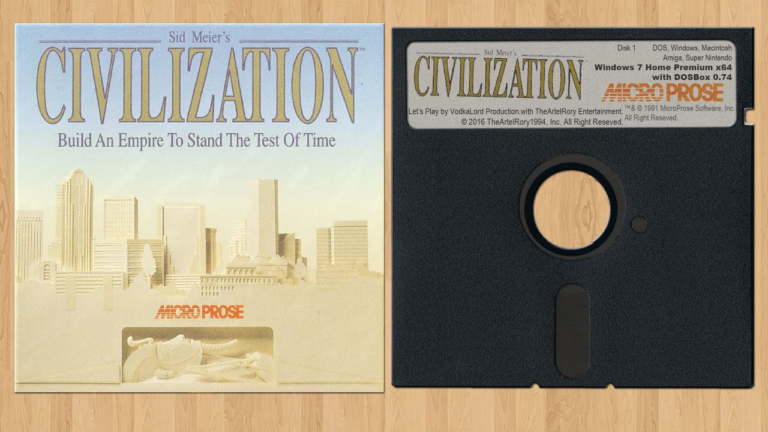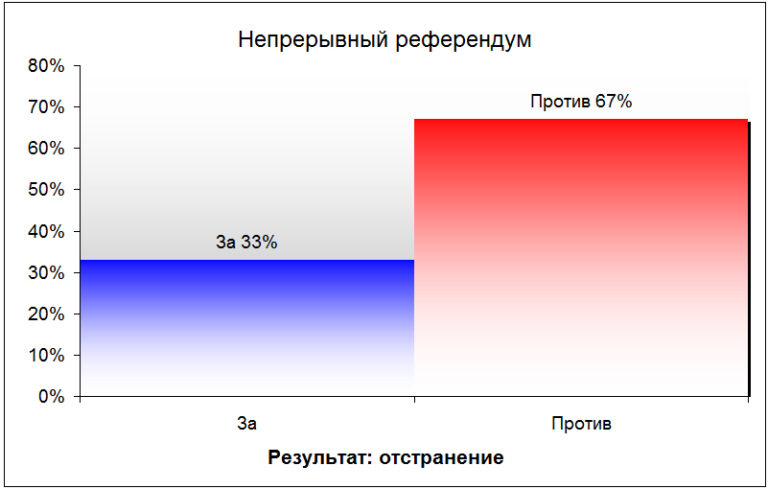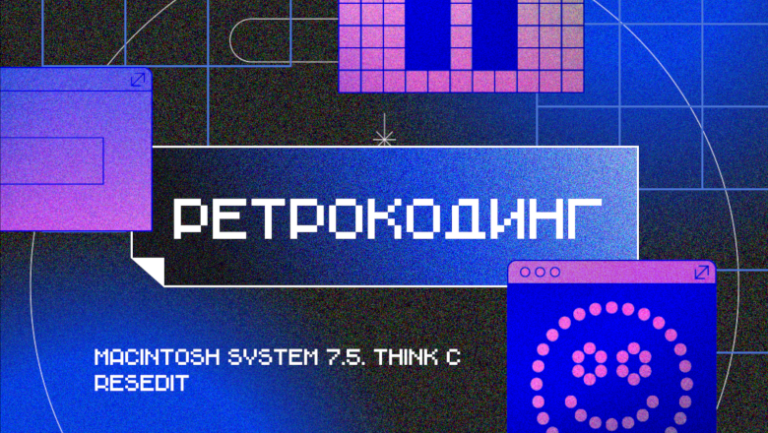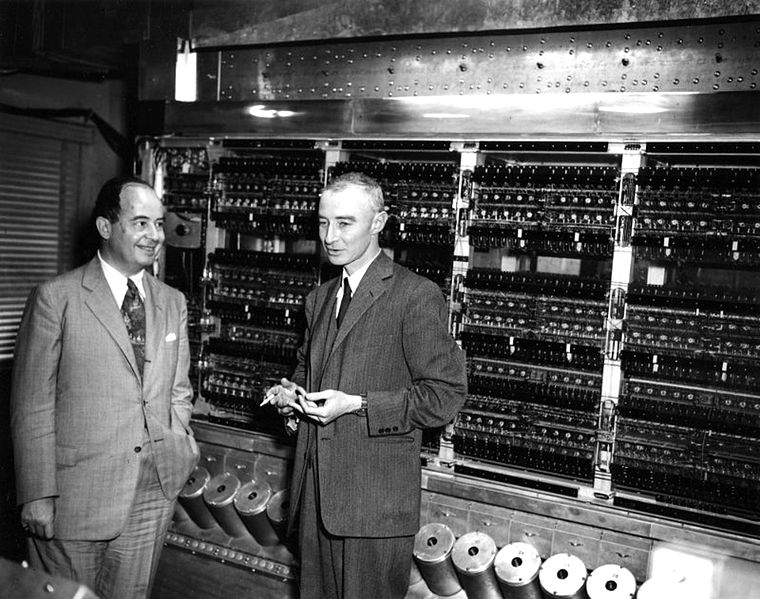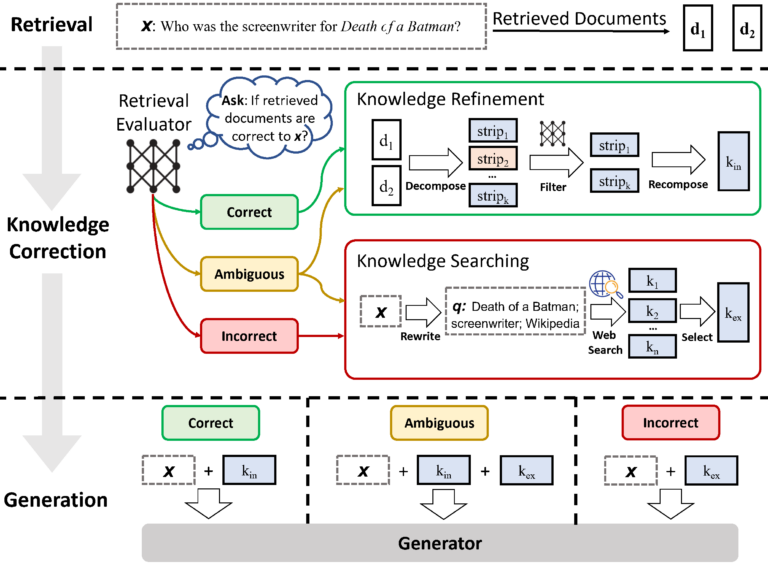What is microLED and why is it cool? Parsing
Many analysts, including anonymous Chinese insider @ L0vetodream, have tweeted that the Apple Watch Series 6 will have an all-new display, but that hasn’t happened.
Perhaps COVID-19 is to blame, which slowed down the processes in the technological sphere and already according to new data we know that the world will see a new type of displays, microLED, in gadgets from the apple company no earlier than 2023 and, possibly, in a completely new gadget!
Please do not confuse it with miniLED, although the names are similar – the difference is enormous. Today we take a peek into the present future of displays and figure it out the way you like it.
Why not develop OLED further?

Before heading into the future, let’s deal with the problems of the present. Now the era of OLED is underway, but we still put up with some sores of these screens: burnout, response time, brightness, and it would be nice to lower power consumption! And some of these problems would be a thing of the past with fewer LEDs!
You may ask why it was impossible to further develop OLED simply by reducing the LEDs? The fact is that if you reduce the size of the element, the amount of light produced will decrease. And if you increase the power to compensate for the decrease in light, energy consumption and heating will increase, which will significantly reduce the life of organic compounds, which is already too small against the background of inorganic ones.
It turns out that OLED is at a dead end – but why is microLED seen as the only correct alternative and what products with these screens should be expected in the first place?

What is microLED?
Although we heard about the technology recently – microLED began to be created back in 2000, two professors at Kansas State University – Hongxing Jiang and Jingyu Lin. All these 20 years the technology has been improving. If it all started with simple non-touch panels with literally a few subpixels, tiny lights of red, green and blue colors, now it is already a real “field” of millions of such lights.

By the way, it was only in 2011 that a group of scientists finally surpassed the 640×480 resolution bar in the Video Graphics Array or VGA format, where there were chrome blue and green microdisplays capable of transmitting video. The main difficulty in the process of creating such displays is that. microLED uses very small subpixel LEDs such as RGB. Their dimensions are about 5 microns, OLED sizes are several times higher red – 64 by 46 microns, green – 95 by 15 microns, blue – 95 by 49 microns. (about 5 microns in comparison with LED millimeter pixels).
In addition, their response time, however, is several times less. And this is one of the first bonuses, which we will talk about in more detail.
Let’s dig deeper, and we will figure out what both those and other LEDs are made of, because it was the materials that became the key to reducing the size.
MicroLED, unlike OLED, does not use organic light-emitting diodes as pixels, but diodes based on gallium nitride, which is widely used to create LEDs for semiconductor lasers and microwave transistors, in general, for everything that requires high precision and sharpness. Such diodes are very small – about one tenth the thickness of a human hair!
What is the main advantage of using an inorganic LED in microLED?
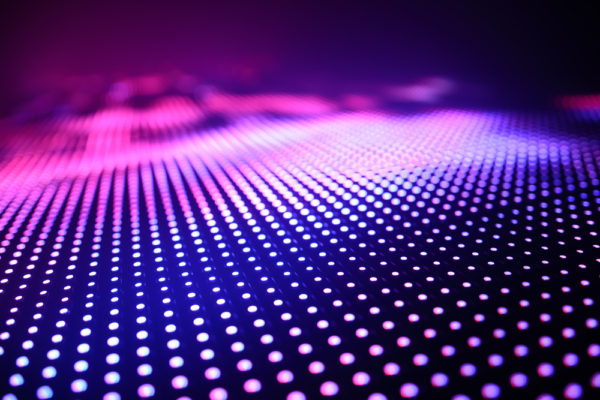
Yes, it just doesn’t fade with use like its organic OLED competitor.
To make it easier to understand, imagine: two T-shirts are lying in the sun – one made of 100% cotton, and the other synthetic. So the one that is made of natural cotton will fade or fade, and the synthetic one will continue to lie as if nothing had happened. Roughly the same thing happens with displays – OLEDs with prolonged use will gradually show those same “faded” pixels, you will notice them by the yellow tint on the display.
microLED to replace OLED?
Now let’s see what we get when we move from OLED to MicroLED. Attention to the plate.

As a result, we get: higher brightness, efficiency, speed, high thermal stability and contrast.
For example, LuxVue, bought by Apple, at one point reported that the technology it developed was nine times brighter than OLED and LCD!
Yes, you heard right, Apple has already bought the microLED company! That is, since 2023, gadgets from Cupertino can have their own microLED matrices.
Products on microLED

But if you don’t look into the future, what do we have today on the microLED?
The first to try (did try) to introduce microLED technology to light was Sony and their Crystal LED Display TV in 2012. The company used only 6.22 million micro-LEDs in it, but based on the indicators that were included in the model, the image contrast compared to LCD displays became 3.5 times higher, the color range is 1.4 times higher, viewing angles were more than 180 degrees, and also came out lower power consumption (less than 70 W) compared to models on the LCD.
“The ice was broken” thanks to Sony, but the TV certainly had “childhood illnesses”, and most importantly, the display was entirely reproduced from one “piece” of the microLED-panel, and was not modular, as it was originally intended.
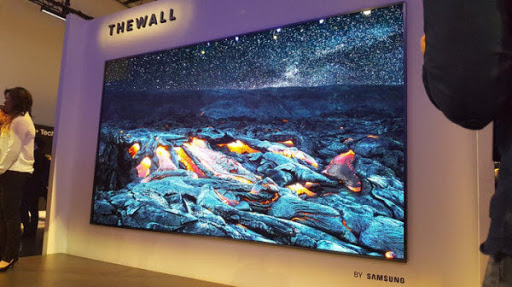
But five years later, Samsung responded to Sony with a 146-inch display called “The Wall.” And here the Korean company has already demonstrated the ability to “assemble” the screen to fit your needs and the required size.

Want a small microLED TV in your kitchen? Yes, easily! Do you want to add a huge TV set to the living room from the same “parts”? Easy! It looks like using a modular approach is becoming the industry standard for large screens.
But alas, even this approach is too expensive for a potential mass buyer – what can we say, “Wall” was put up for sale exclusively on order and the price tag for them ranged from $ 490,000, and ended at around $ 1.68 million! And this does not include taxes.
Why is it so expensive and where are the other gadgets with microLED?
MicroLED “Difficulties”
Although the technology is new, the difficulties of entering the mass market are the same as they once were with OLED. The thing is that it is very difficult to produce in huge quantities at first and for each specific manufacturer (the same Apple) and its gadgets!
There are still too few factories, the production is not so large-scale, hence the price! Now that OLED displays have become mainstream, the price is gradually dropping lower and lower, and the displays themselves are time-tested, it is easier for manufacturers to make a choice in favor of available technologies.
But already the creators of the microLED technology themselves declare: “With the rapid progress made recently in this area, the question is no longer whether microLED will be able to, but when these displays will penetrate the mainstream markets for various applications.” It turns out it’s already a matter of time!
The future with microLED What devices will be the first mass users of microLED?

Once again referring to the report on this technology, I will quote: “Currently microLED is under close scrutiny by almost all major companies in the field of technologies for smartwatches, smartphones, smart glasses, dashboards and pico projectors and 3D / AR / VR displays.”
Why these particular areas? Speaking of a watch or Apple Watch, which has often surfaced in rumors – where the most important parameters are power consumption and brightness – microLED will give an increase on both counts.
The iPhone will by itself switch to microLED, but it will have to provide huge volumes of production. What’s really interesting is that the mysterious Apple Glass can also become a microLED carrier, this is even hinted at by the schematic image in that very report, it is in front of you.

Further confirmation hereafter: microLED “has been investigated as a light source for optogenetic applications and for communication with visible light”.
If optogenetics is a promising direction in medicine, then the last phrase about “connection with visible light” hints to us that these displays, due to their design features, will be used not only in our smartphones, but also in smart glasses, whether then VR or AR.
In other words, the eye is in close proximity to the screen and is able to see the pattern, while the arrangement of the OLED diodes would interfere with immersion. LCDs don’t have this problem, but they still don’t have perfect blacks. The microLED has small diodes, the pattern will be less noticeable and the black is also ideal and the response time is higher – some bonuses.
conclusions

Summarize. microLED fixes OLED problems like burn-in, it has higher brightness and contrast, and the ability to shrink or enlarge the display to suit your needs – modularity. It remains to reduce the cost of production, which is now what Apple and Samsung are doing by investing in this technology – several factories have already retrained in the production of microLED displays.
But this is not the only type of display that we have not studied: there is also some kind of miniLED.
